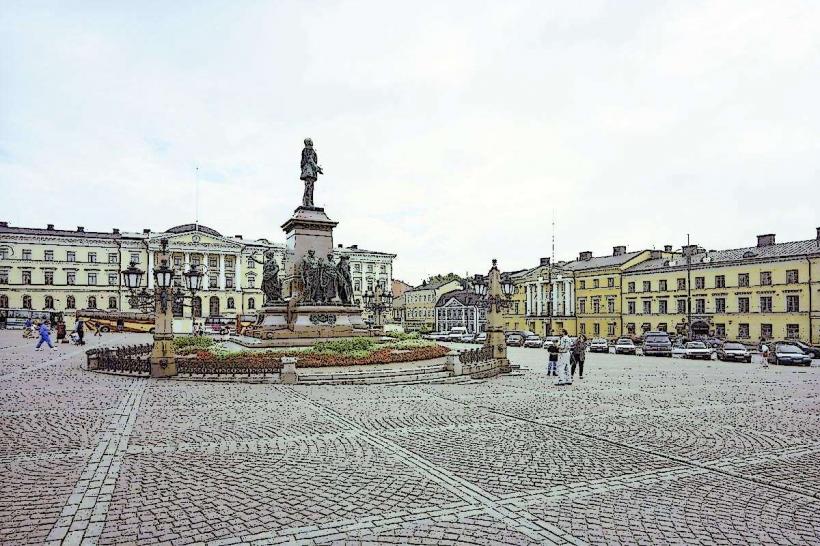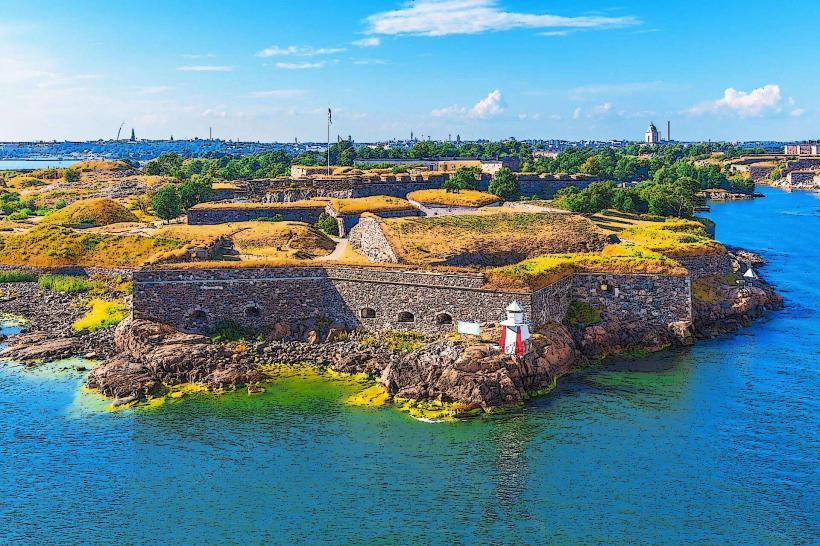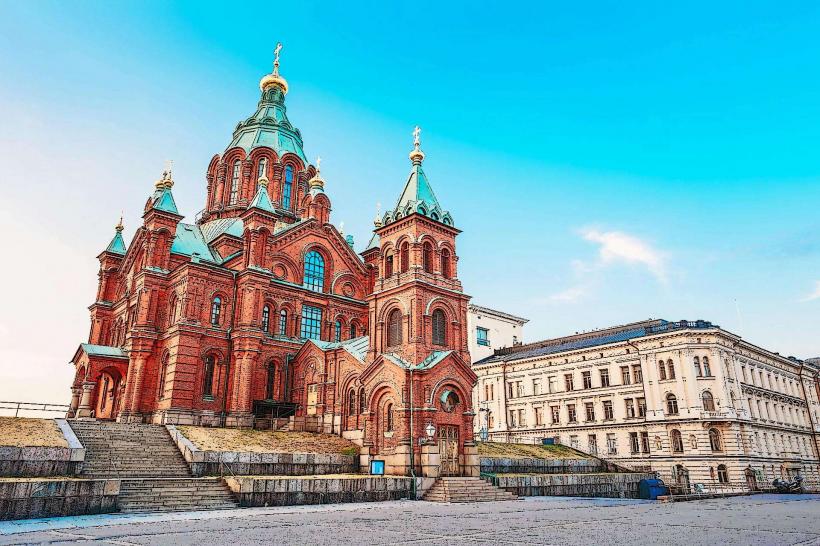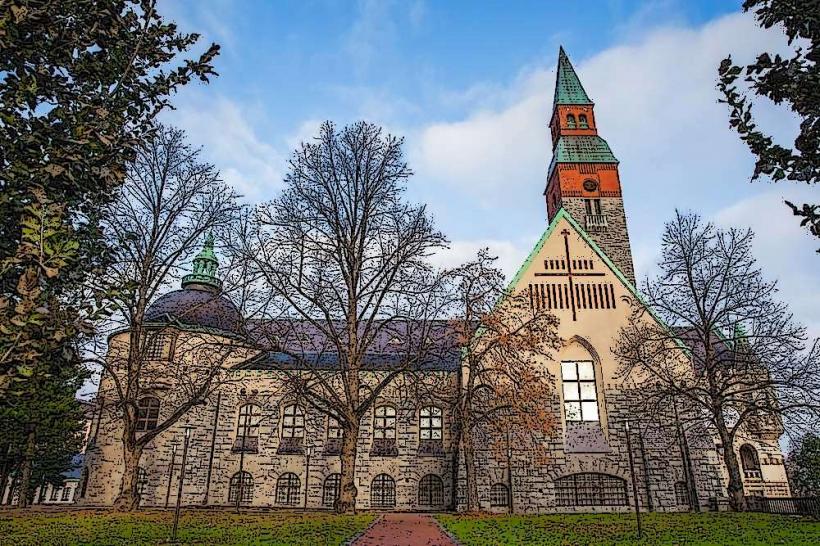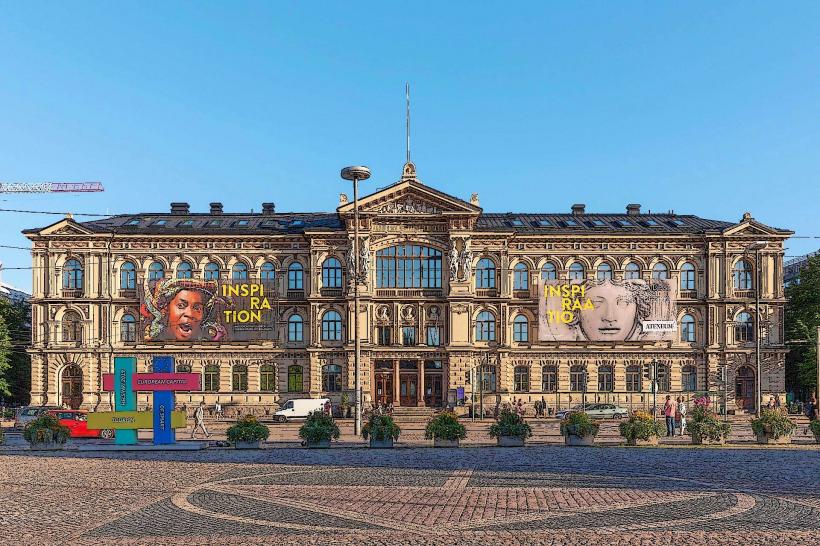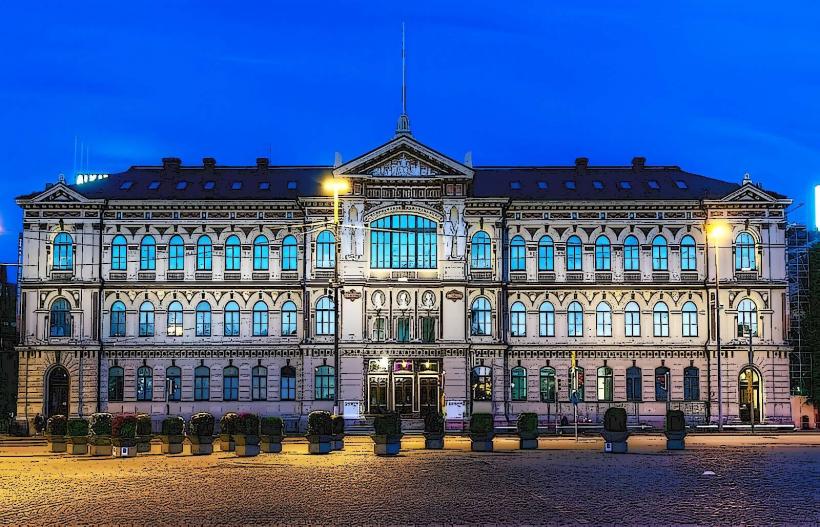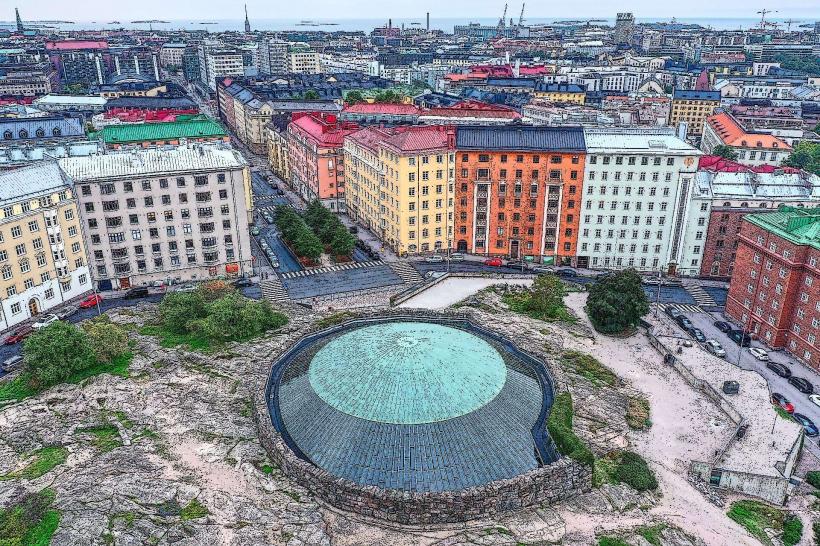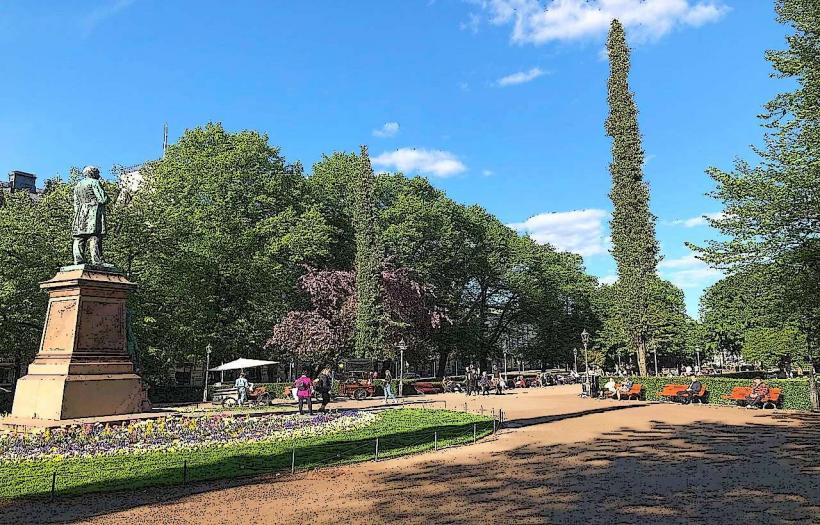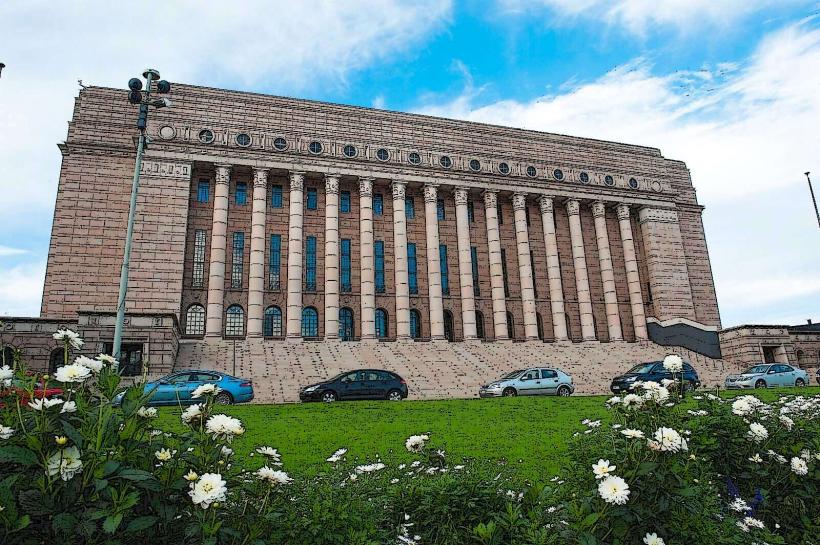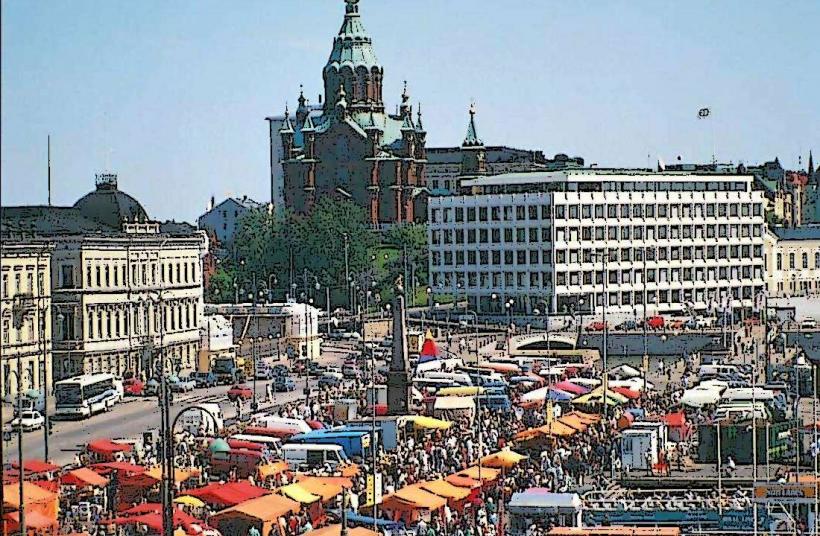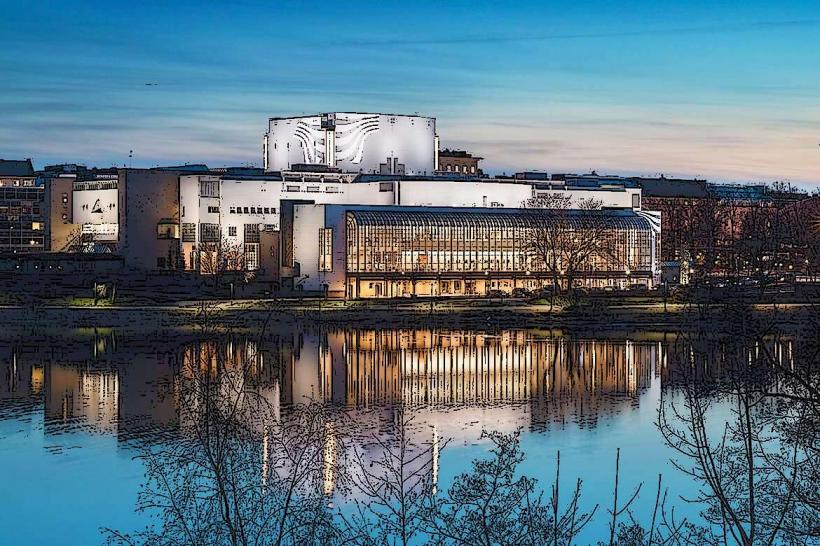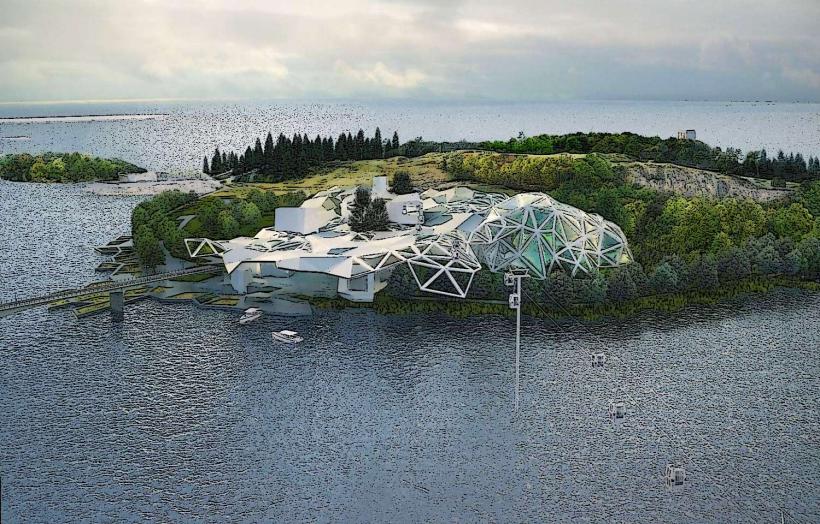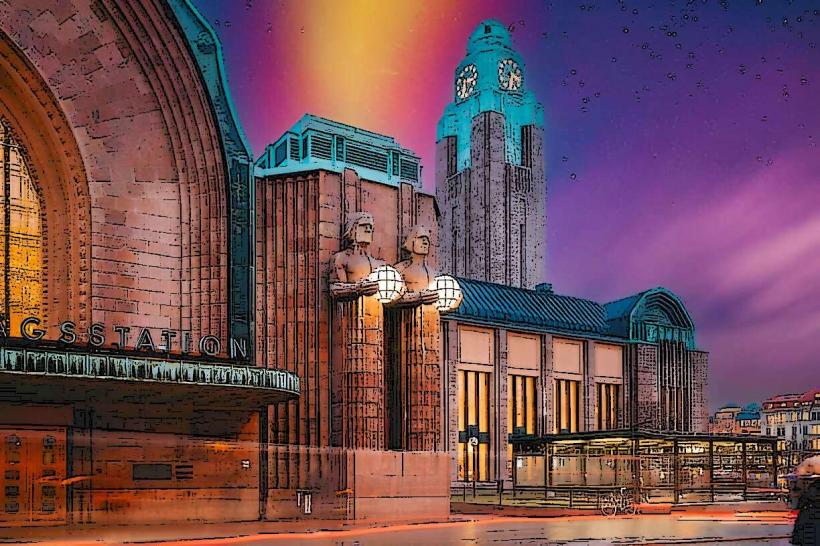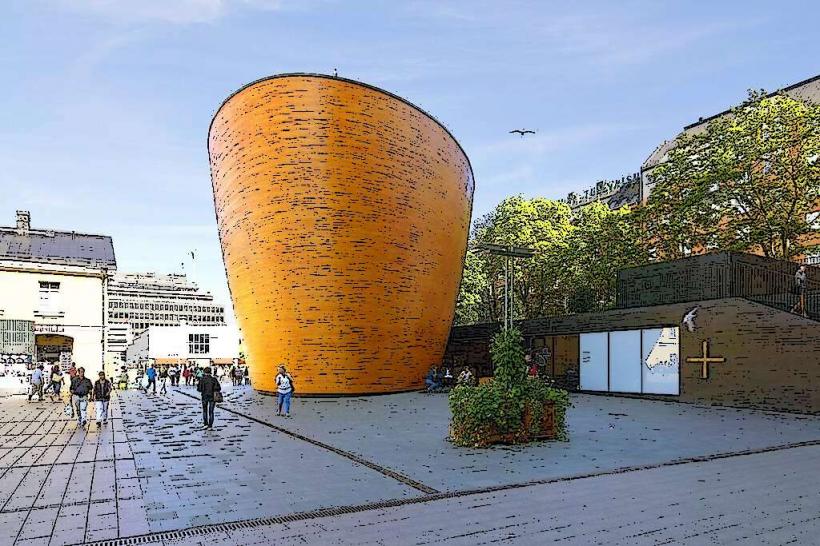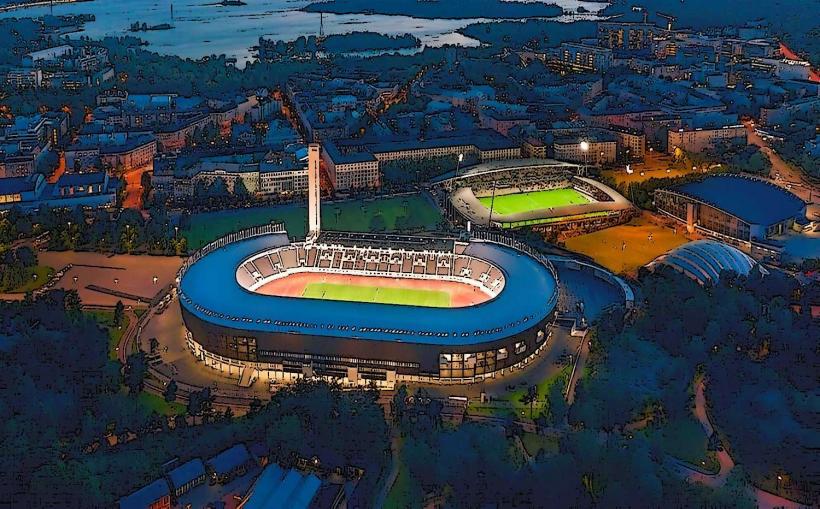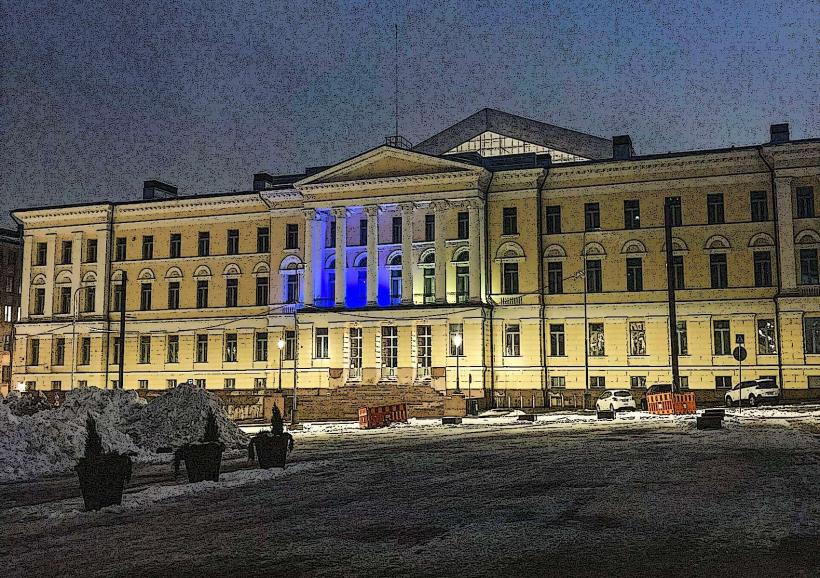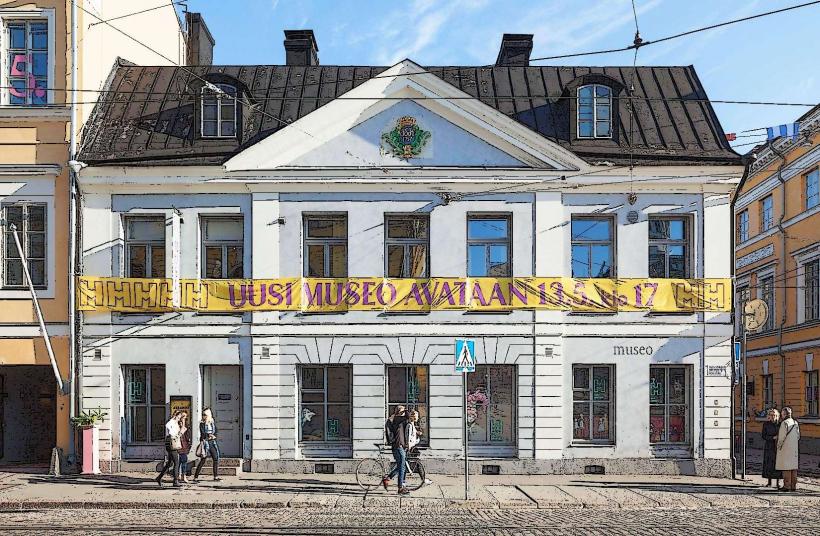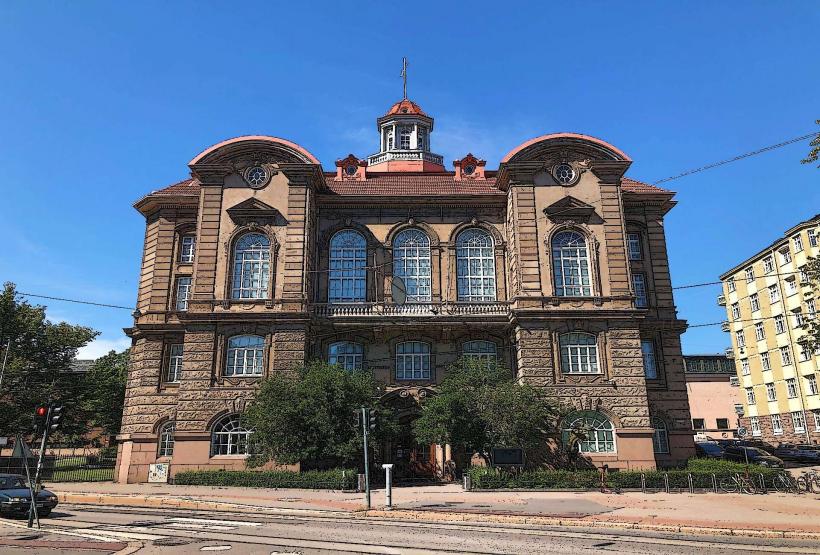Information
Landmark: Helsinki CathedralCity: Helsinki
Country: Finland
Continent: Europe
Helsinki Cathedral (Helsingin tuomiokirkko) is a prominent Lutheran church located in the heart of Helsinki, Finland. This neoclassical building, completed in 1852, is one of Finland's most iconic landmarks and a symbol of the city itself. Here are the key details:
Architecture and Design
The cathedral was designed by Carl Ludvig Engel, the German-born architect who is best known for his work in the neoclassical style in Finland. It is characterized by a simple yet grand design with classical influences. The structure is made of white granite, with its monumental, green-domed roof being one of the defining features. The cathedral is built on a hill, offering a commanding view of the surrounding city.
Exterior Features
- The Dome: The most distinctive feature of the Helsinki Cathedral is its large, green copper dome. It rises 63 meters (207 feet) above the ground and is visible from various points in the city. The dome's shape is somewhat similar to the St. Isaac's Cathedral in St. Petersburg.
- Pillars and Portico: The front of the cathedral has a grand portico with six Corinthian columns, which support the roof. These columns are an important neoclassical element, offering a sense of symmetry and balance.
- Statues: On the top of the cathedral, four statues stand representing the four Evangelists—Matthew, Mark, Luke, and John.
Interior Features
The interior of the Helsinki Cathedral is marked by its simplicity and grandeur. The design emphasizes a clean, classical aesthetic with an altar at the far end of the nave.
- Altar and Pulpit: The altar is adorned with a large, colorful painting depicting Christ. The pulpit, designed in a more Baroque style, is ornately carved with biblical scenes.
- Organ: The cathedral contains a large organ, which has been central to many of the church's services and concerts.
- White and Gold: The interior's color scheme features white walls contrasted by gold accents, giving the space an air of lightness and serenity.
Historical Significance
Helsinki Cathedral was originally built to serve as the Evangelical Lutheran Cathedral of the Diocese of Helsinki, reflecting the Protestant nature of Finland. The construction was part of a larger plan by Tsar Nicholas I of Russia, who wanted to establish Helsinki as the capital of the Grand Duchy of Finland. The cathedral was intended to emphasize the power of the Russian Empire over Finland, with its design symbolizing the connection between the state and the church.
During its history, the cathedral has been a site for many significant events, including state functions, national celebrations, and religious services. It has also hosted concerts and other cultural events.
Accessibility and Location
Helsinki Cathedral is located in Senate Square (Senaatintori), right in the center of the city. The square, surrounded by neoclassical buildings, offers an ideal setting for the cathedral, which stands as the focal point of the space. Visitors can ascend the steps leading to the church and enjoy panoramic views of the city.
The cathedral is a popular tourist attraction, drawing visitors for both its historical significance and architectural beauty. It is also used for regular church services, particularly during major religious holidays, making it a spiritual hub in Helsinki.
Cultural Influence
The cathedral has a strong cultural presence in Finnish life. It appears frequently in images representing Helsinki and Finland, and its neoclassical design represents the country's ties to both Russia and Western Europe. The church is part of a group of neoclassical buildings in Helsinki, contributing to the city’s designation as a UNESCO World Heritage site.
Overall, Helsinki Cathedral remains a striking symbol of Finnish identity and history, offering a blend of architectural beauty, spiritual significance, and cultural heritage.

